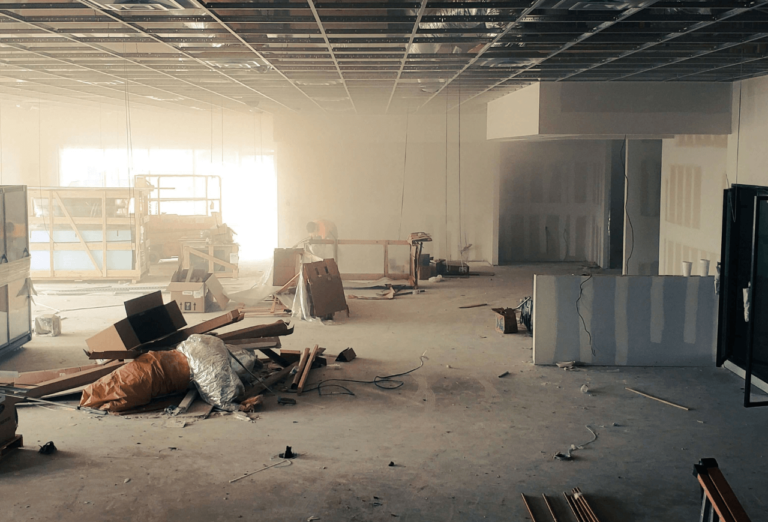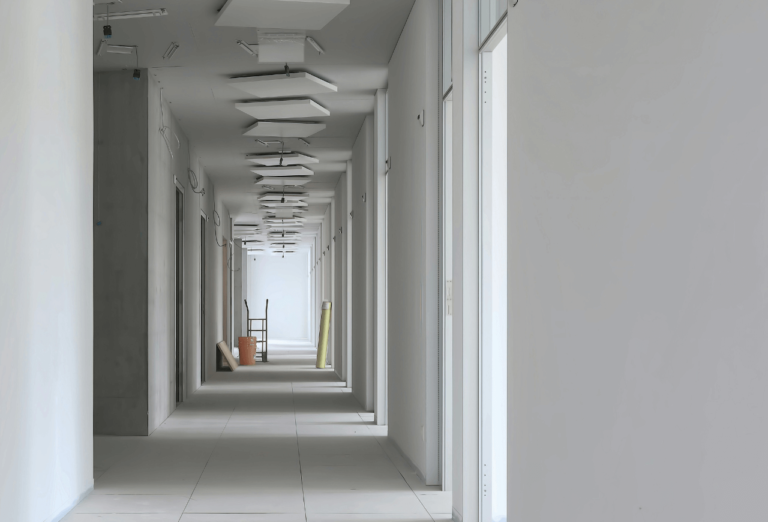Categories of Water Damage
 A home is a massive investment. When you first purchased a house, you likely spent a huge portion of your savings on a down payment and took on a large loan that will take many years to pay back. This has been the pattern for millions of homeowners across the country. Having spent so much money on your property, taking care of it can be an overwhelming prospect.
A home is a massive investment. When you first purchased a house, you likely spent a huge portion of your savings on a down payment and took on a large loan that will take many years to pay back. This has been the pattern for millions of homeowners across the country. Having spent so much money on your property, taking care of it can be an overwhelming prospect.
One of the worst experiences you may have with your home is when you discover signs of water damage. This issue is something that almost all homeowners face at some point in their lives. There are many potential causes of water damage, including broken water supply lines, broken pipes, appliance malfunctions, heavy rain, flooding, leaky sinks, and more. When these types of issues leave standing water in your home, it can cause several problems.
Negative Effects of Water Damage
Water can cause substantial harm to your home. First, when water gets into contact with porous building materials, you could experience severe structural damage. If moisture collects in dark, less visited areas of the home, you may see mold growth occur. Depending on the type of leak, harmful agents could be released into the home that must be disinfected. There are three categories of water damage that you should be aware of to aid in the cleaning process. How the water is classified depends on the originating source.
White Water (Clean Water)
White water is the safest form of water damage because it leaves behind no harmful elements and came from a sanitary water source. If the damage in your home is caused by cleaner water, then you won’t have to worry about an extremely thorough disinfection job. There are multiple sources of clean water.
Broken Water Supply Lines
Since this water has not been in contact with any bacteria before spilling into your home, it is considered clean. These pipes supply water to the entire home and are usually found in the basement.
Rainwater
If severe rains have resulted in the lower levels of your house flooding, likely, it is not contaminated water. You still need to remove it efficiently to prevent mold growth and damage to your possessions and building structure. Melting ice or snow can result in a similar scenario.
Broken Appliance
Certain broken appliances may only spill water that is uninfected into your home when causing damage. Broken toilet tanks, refrigerators, and other pieces of equipment that use water could be the cause of this category of damage.
Overflowing Sink
An overflowing sink that occurs because of a clog will spill white water into the bathroom or kitchen. Toilet bowls that have no human waste can also achieve the same effect, releasing water that is relatively clean.
Grey Water
Grey water damage contains some bacteria that are not as harmful but should still be filtered out and disinfected to keep the home safe for you and your family. Category 2 water damage can come from several sources in the house.
Washing Machines
If water has been spilled that contains laundry detergent, then it is considered to be grey. The detergent makes it potentially harmful to someone who comes in contact with the water, but it is not as dangerous as the third classification.
Dishwashers
Similarly, dishwashers can contain some levels of bacteria from dish detergent or trace amounts of old food particles. When cleaning after this type of damage, you should wear protective gear such as gloves and long sleeves.
Broken Aquariums
If you keep some pet fish in the house, then a broken aquarium could cause contamination if it leaks. This water has some bacteria from the fish that live in it, but it is not as harmful as black water.
Black Water
The most dangerous classification of water is known as black water. Damage caused by this type of water poses severe health risks due to the number of harmful elements in it, including pesticides, human waste, pathogens, and dangerous chemicals.
Sewage Backup
Human waste poses a substantial risk to those in your home when sewer water damage occurs. All affected materials will need to be cleaned and sanitized thoroughly to ensure safety for everyone in the home.
Floods
Natural disasters like floods can dump water containing tons of contamination into the house. Rising water from rivers is a common cause of category 3 water flooding into the home, so make sure that the cleanup process is done safely and completely.
Cleaning Up Water Damage
Protecting the integrity of your home and belongings requires a quick response and an effective restoration process. Whether you choose to handle the job yourself or hire a Portland water damage restoration company, the longer the problem is left untreated, the more damage will occur.
Hiring Professionals
Extracting water from the affected items, drying out the space, and sanitizing the area are all crucial steps needed to return your home to its pre-loss condition. Working with a professional water damage restoration firm will result in better extraction equipment, specialty drying situations, high-quality cleaning services, and remodeled building materials if necessary.
In many cases, your insurance policy may cover the cost of repairing the damage, in which case it makes far more sense to let professionals handle the project to guarantee a finished product that is better than what you could produce yourself.
Whether your water damage resulted from a clean source or belongs to the other categories of water that contain harmful chemicals, contact a restoration company to preserve your home and make it safe to live in again.



